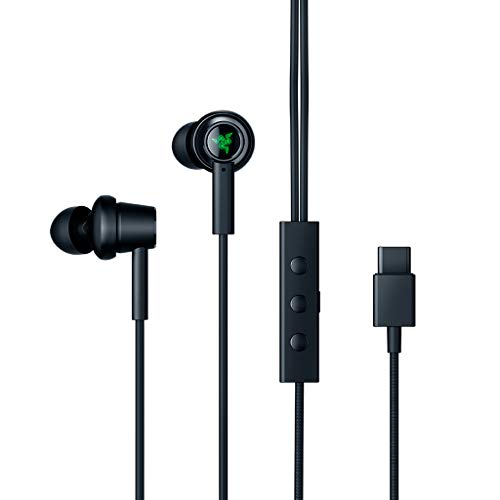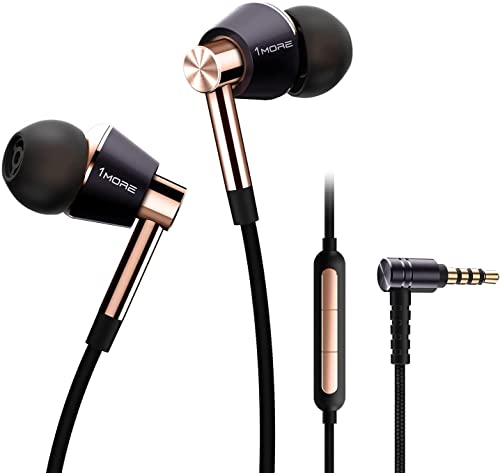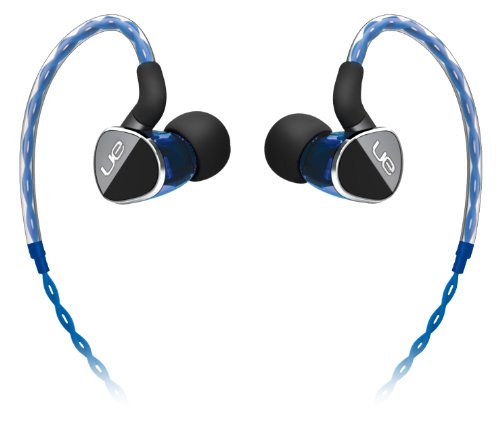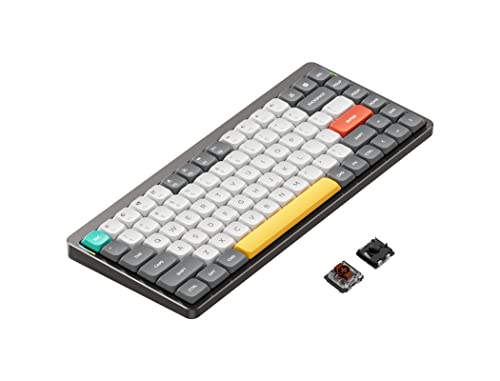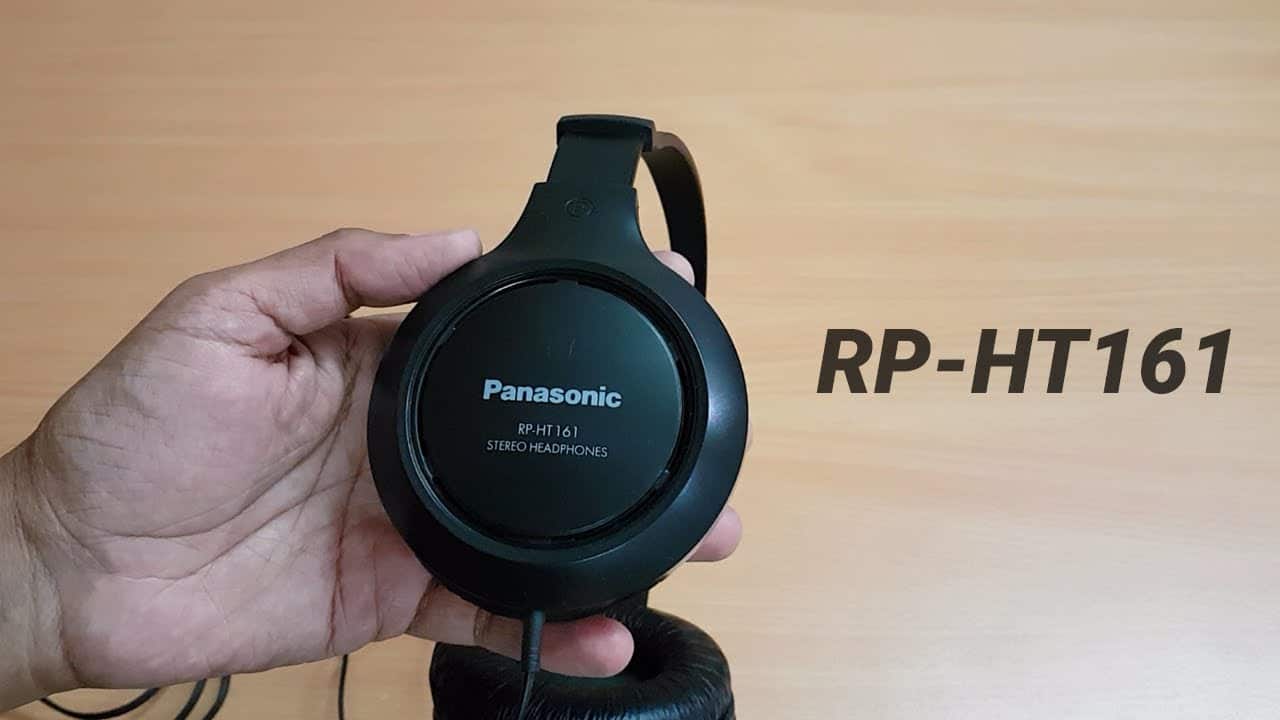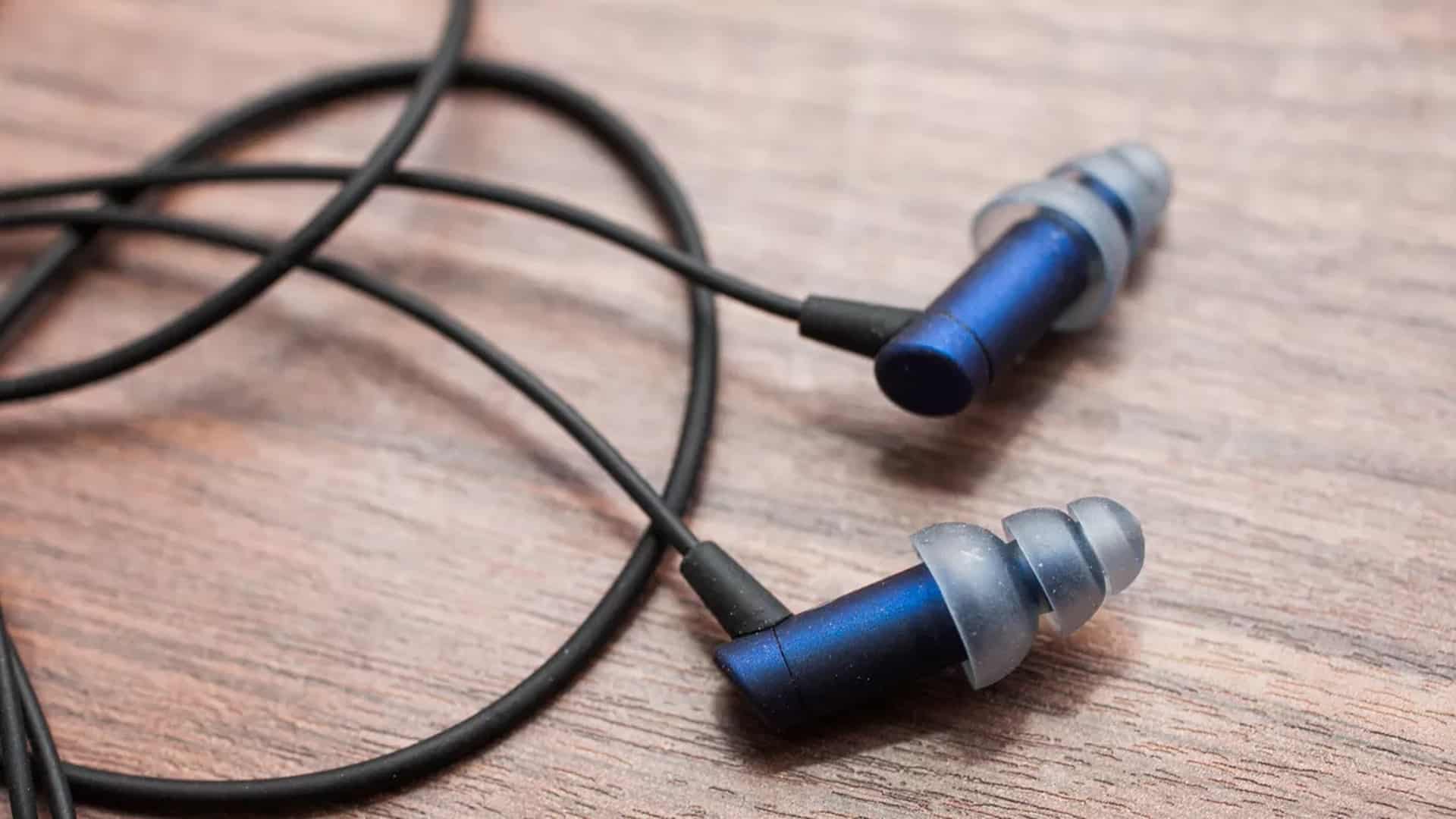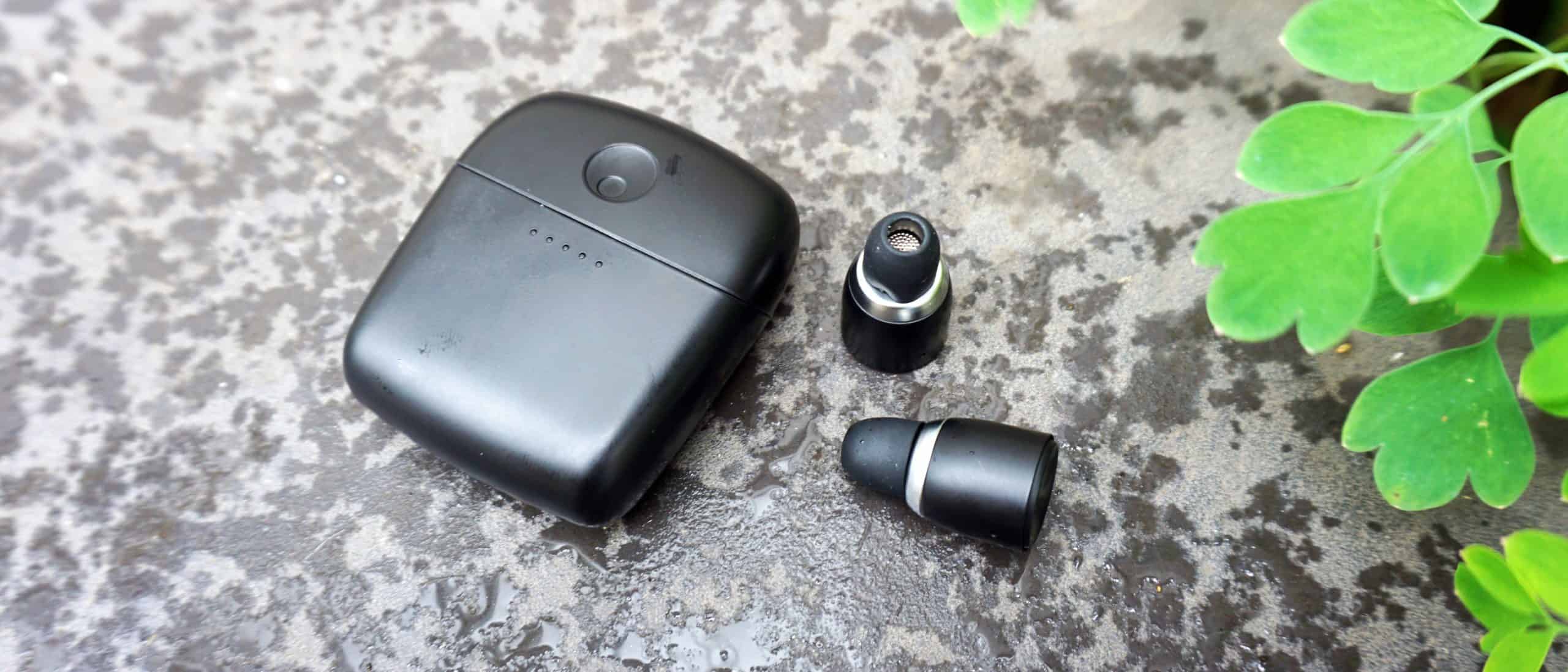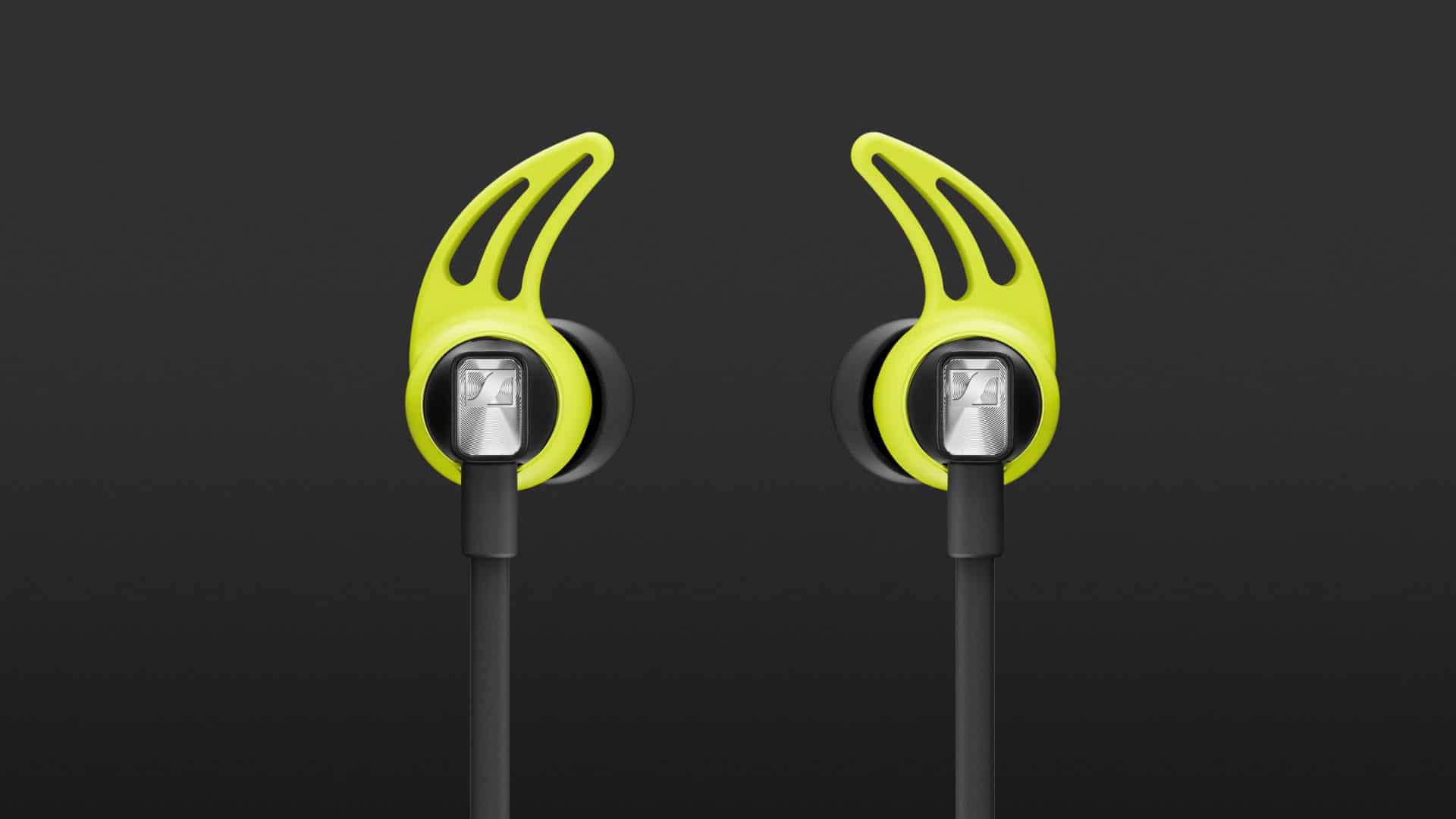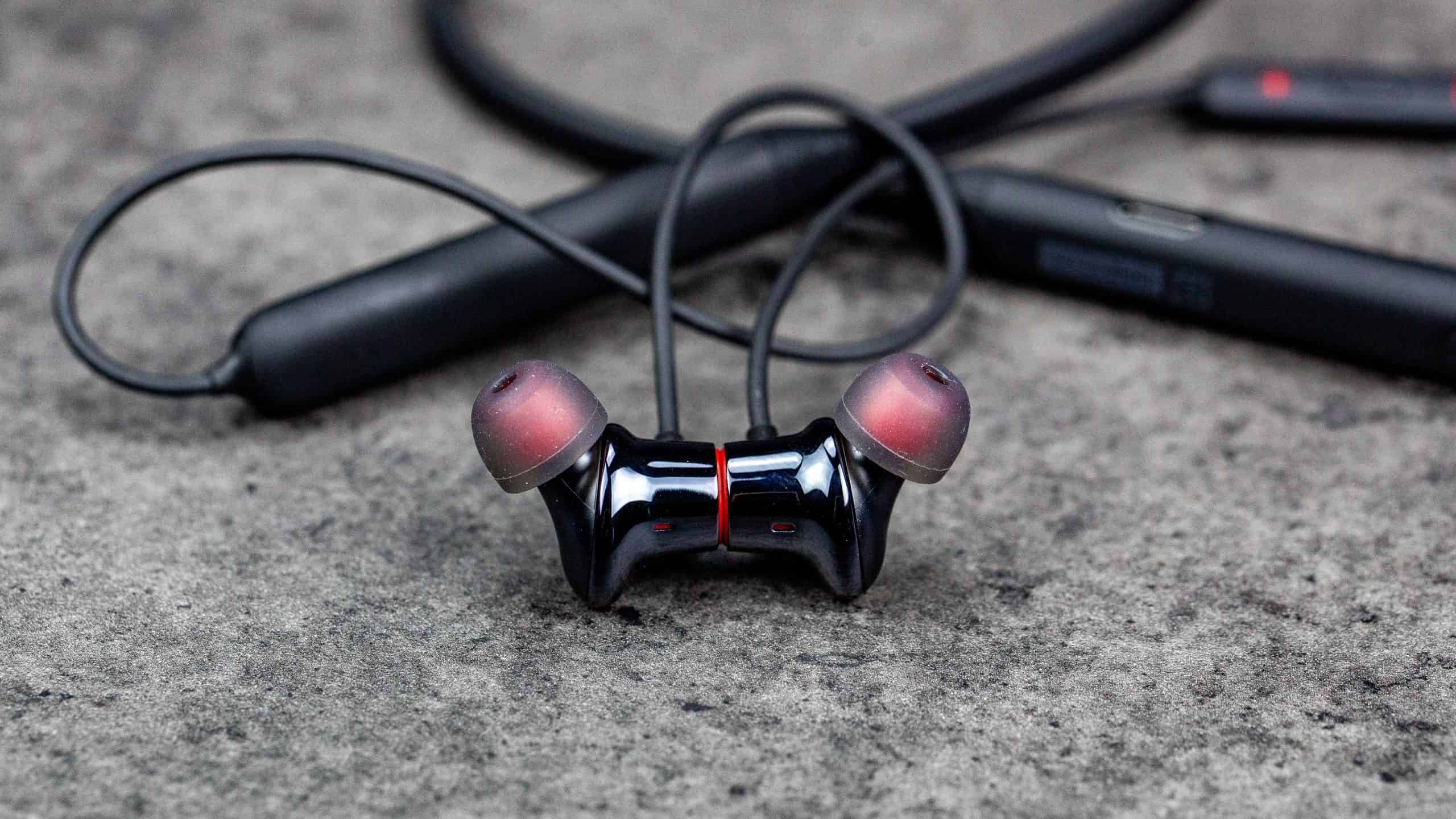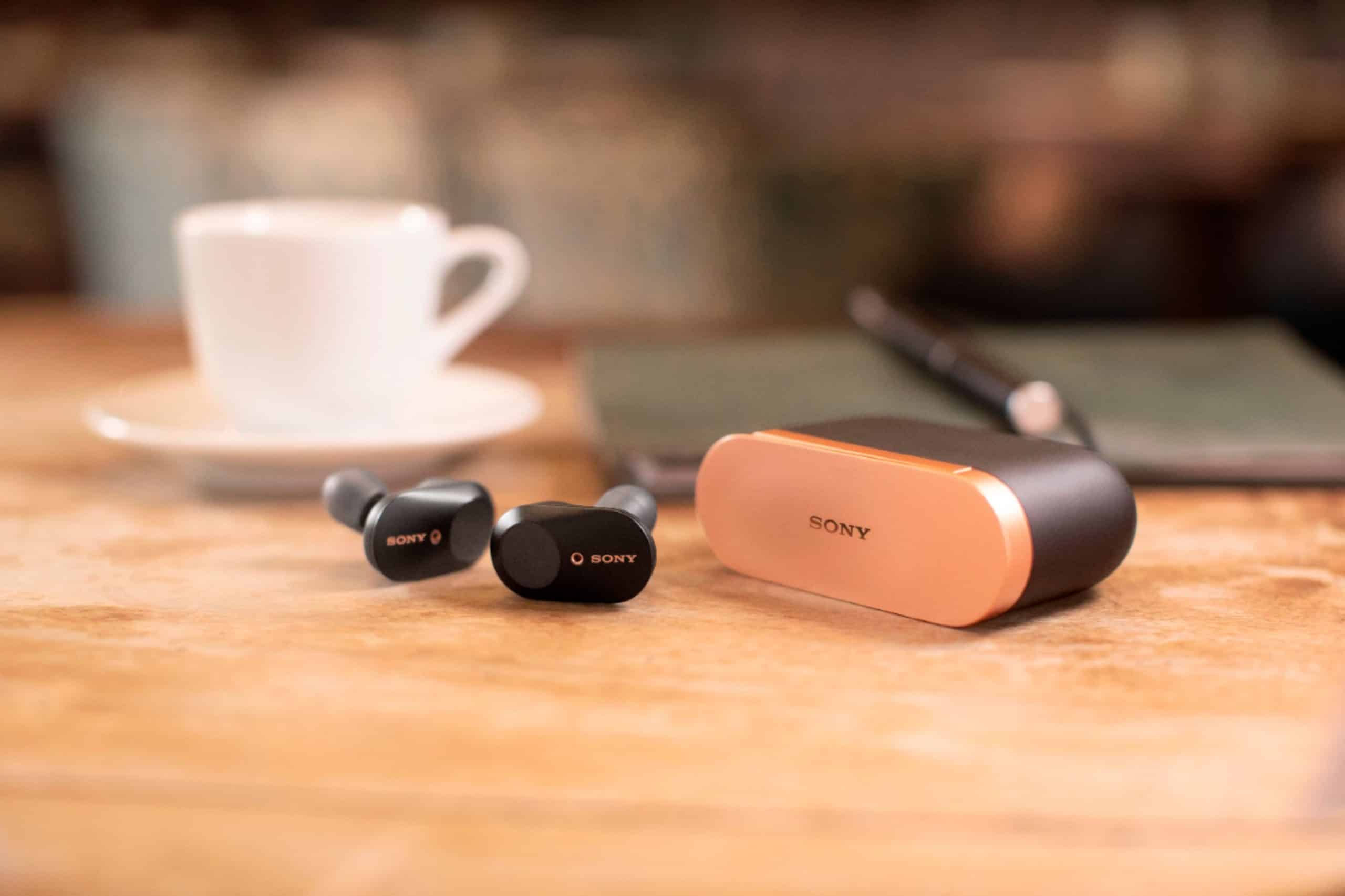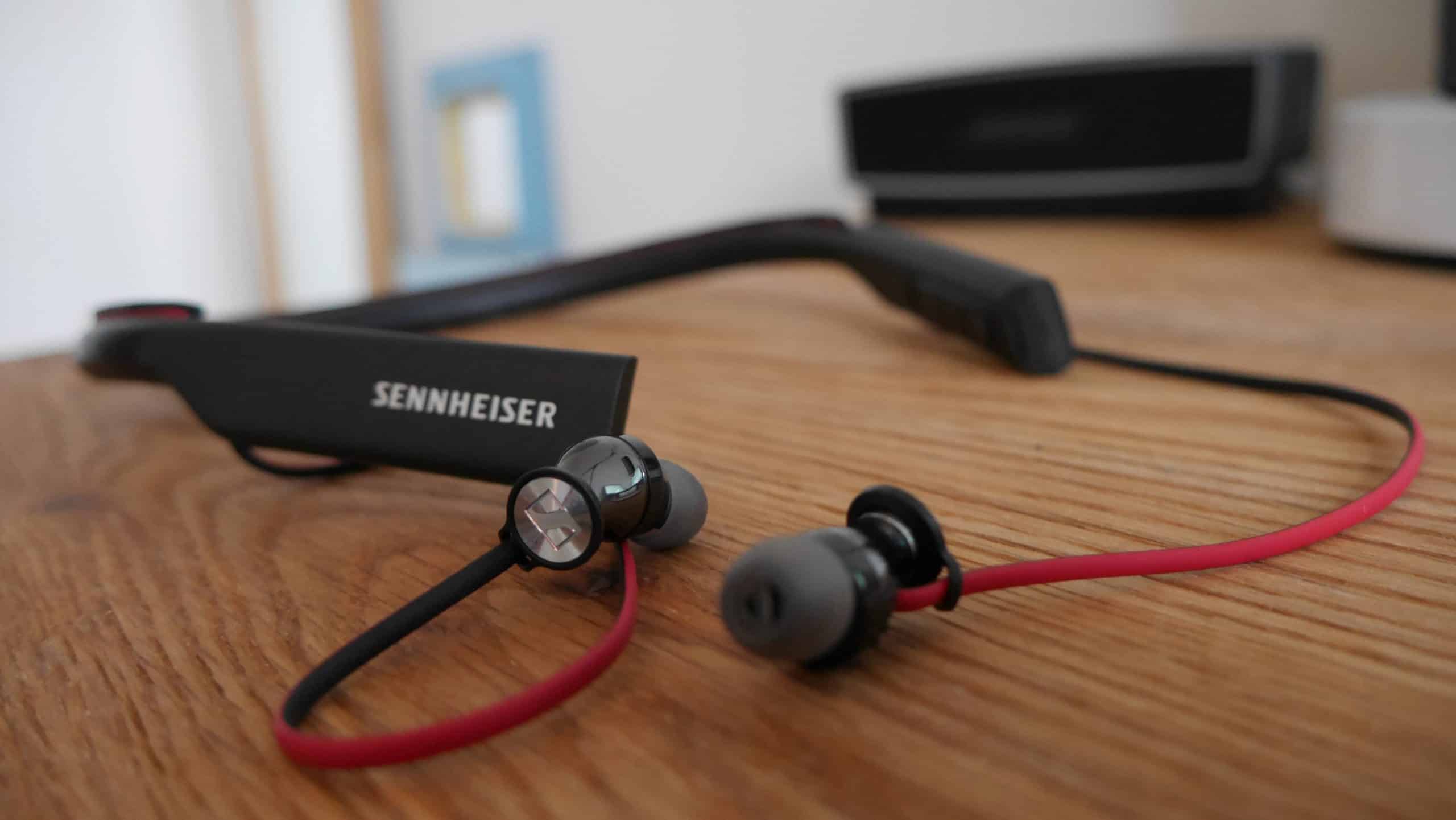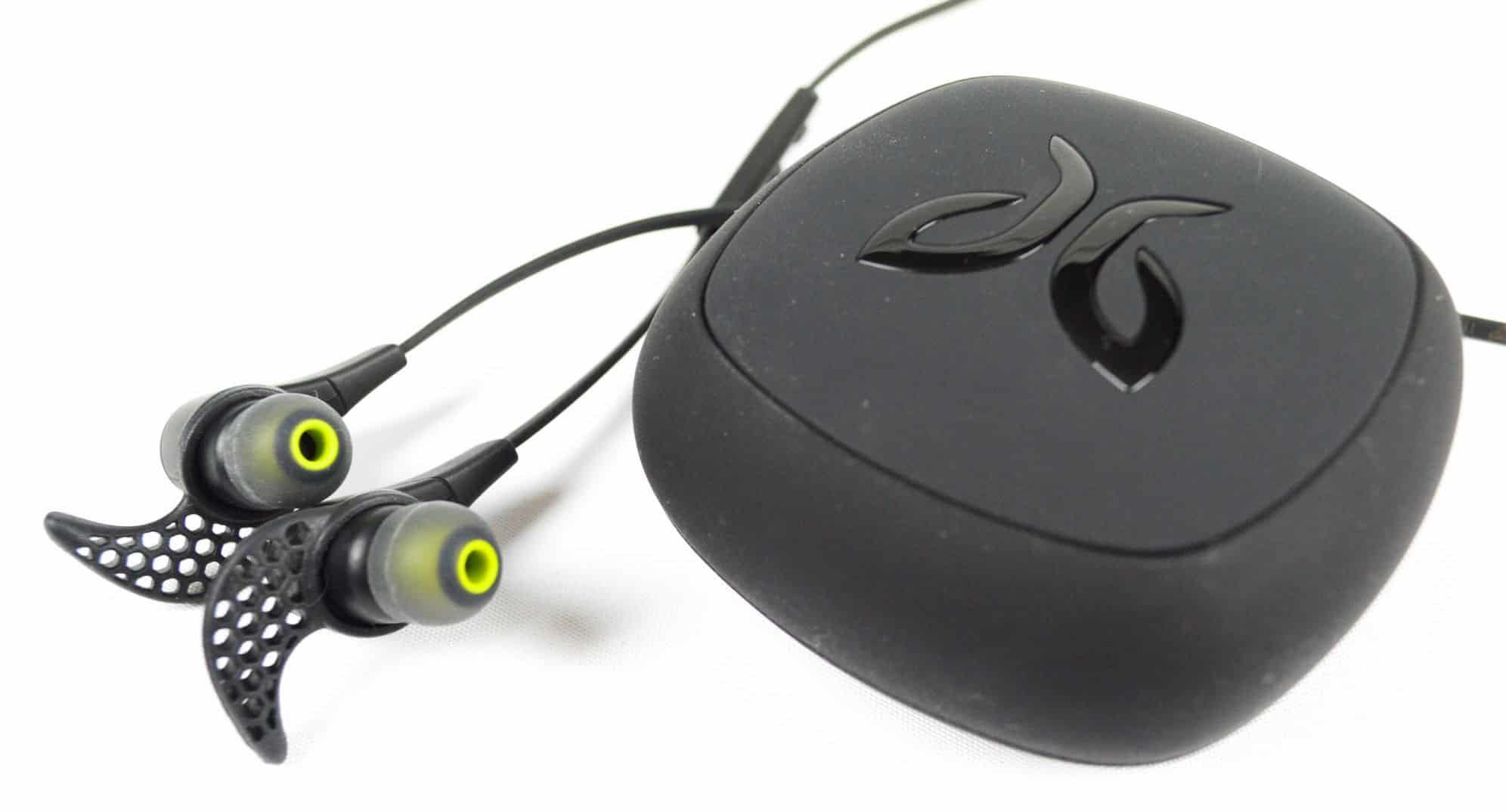If you are new to the world of personal audio devices, you may look to compare on-ear headphones vs earbuds. Many of the best headphones, after all, come in one of these two design types. So what are the key differences between on-ear headphones and earbuds? Keep reading to find out.
KEY TAKEAWAYS:
- On-ear headphones tend to offer better sound quality than earbuds, thanks to larger drivers, though the latter is advancing in that department.
- Earbuds are lighter and more portable than on-ear models, particularly when choosing wireless earbuds.
- On-ear models are better for noise isolation and for reducing unwanted ambient noise when compared to earbuds and other types of headphones.
Differences Between Earbuds and On-Ear Headphones
The primary difference is how each headphone type is worn, with on-ear headphones, as the name suggests, resting over your ear. This holds true even when comparing over-ear headphones vs on-ear headphones. Earbuds, on the other hand, rest inside of your ear canal, and not over your ear lobe. This key difference, however, leads to a spate of other unique identifiers between the two headphone types.
Insider Tip
Try before you buy, as some earbuds fit better than others, and the same is said of other headphone types.
Size and Portability
Though many on-ear models are foldable, helping them fit inside backpacks and the like, earbuds have a clear advantage when it comes to portability. Earbuds, especially wireless, high-end Samsung earbuds, take up nearly no room at all, easily fitting in a pocket or a purse. However, this drastically reduced size does make earbuds easier than lose, which is a major bummer after you’ve compared noise-canceling earbuds vs headphones and decided on the earbuds, only to lose them.
Comfort Level
This boils down to personal preference. Some people like the feel of on-ear headphones resting on their earlobes, while others prefer earbuds nestled inside of their ear canals. Try out both styles before making a final purchase decision, as the shape of your ears could make a big difference when it comes to comfort.
Noise Isolation
On-ear headphones have the edge here, as their form factor allows them to essentially double as earmuffs as they deliver advanced audio through your ear canal. Earbuds, on the other hand, allow a whole lot of ambient noise to creep in, due to the inherent nature of the design. There are, however, many modern earbuds equipped with noise cancellation technology.
Sound Quality
Results vary, but on-ear headphones tend to produce a slightly better audio quality when compared to earbuds. This is because the speakers are larger with on-ear headphones, allowing for a more detailed stereo signal, especially in the bass range frequencies. Earbuds often struggle to reproduce an adequate bass response. Of course, technology is advancing and earbuds sound better each and every day.
F.A.Q.S
How does noise cancellation work?
Active noise cancellation uses another noise to effectively negate unwanted ambient noise. This technology is available with open-back headphones, wireless earbuds, and just about any other style of headphones you can think of.
What are in-ear headphones?
In-ear headphones go a step further than earbuds, extending well into the ear canal. Many say these are not the most comfortable headphones around, though they offer more durability than other types of headphones.
Which has longer battery life?
Battery life is mostly a draw and depends largely on the type of headphone and the make and model, as each offers different periods of time for battery life. Many modern headphones last for extended periods of time.
STAT: Normal conversation averages 60 dB and sounds above 70 dB for a prolonged period of time can cause hearing damage. (source)
REFERENCES:
- https://www.coolblue.nl/en/advice/on-ear-versus-over-ear-headphones.html
- https://hearinghealthfoundation.org/blogs/earbuds-vs-over-the-ear-headphones-which-should-you-use
- https://treblab.com/blogs/news/in-ear-vs-on-ear-vs-over-ear-headphonesr
- https://www.adorama.com/alc/in-ear-vs-on-ear-vs-over-ear-headphones/
- https://en.wikipedia.org/wiki/Headphones#Ear-fitting_headphones

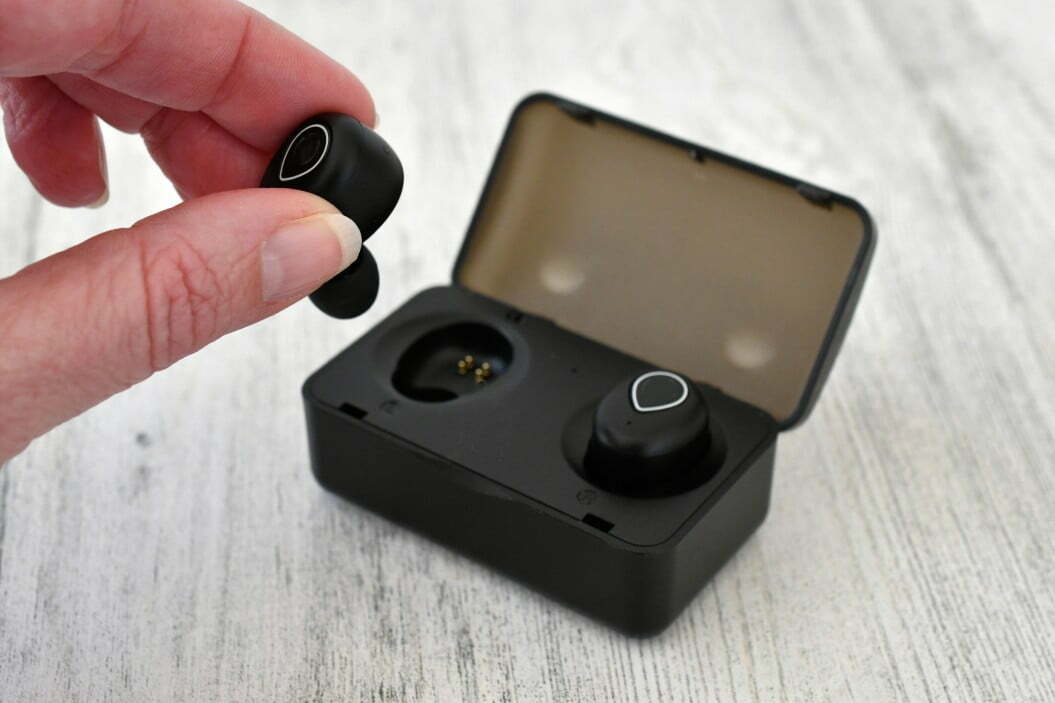














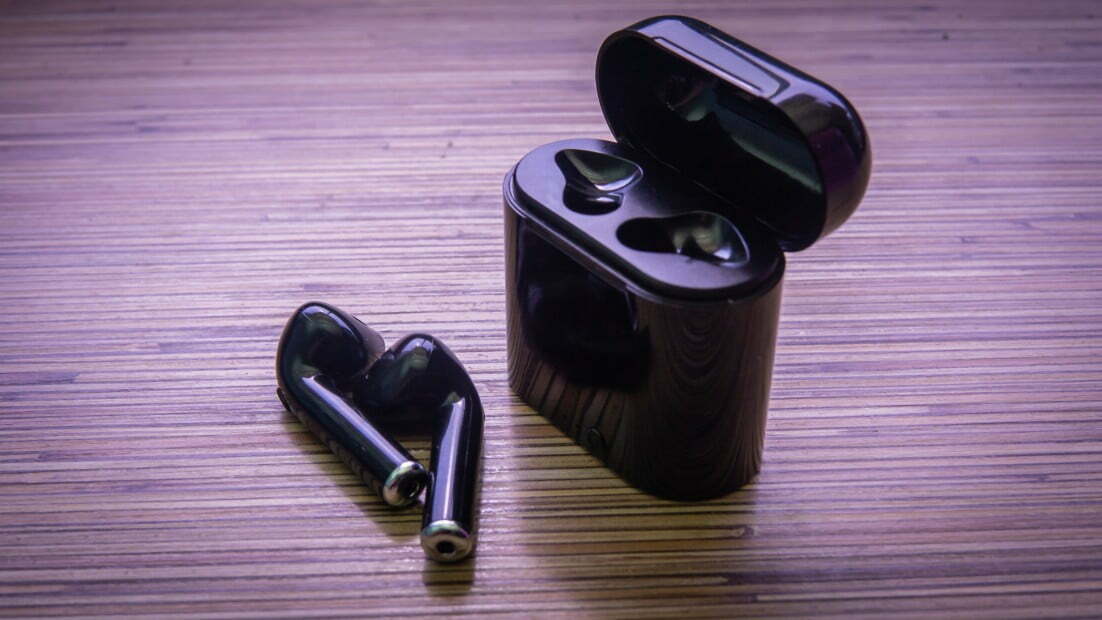

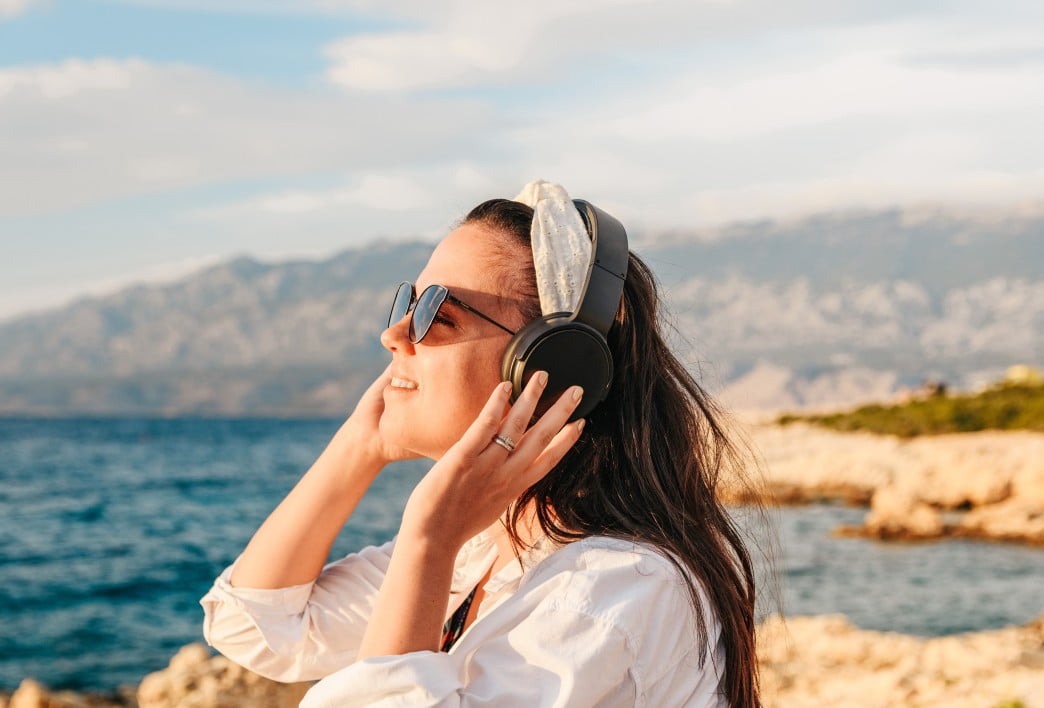
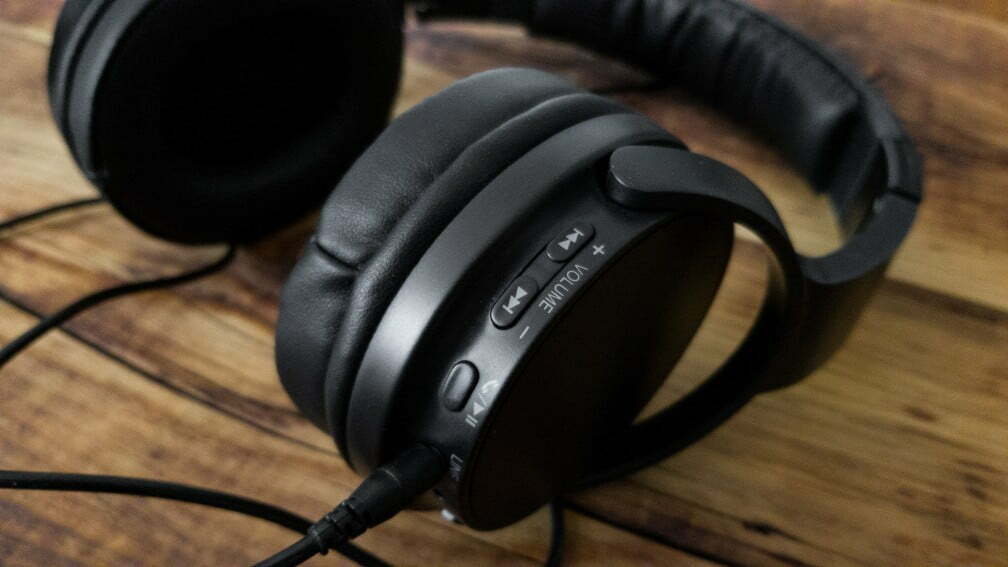





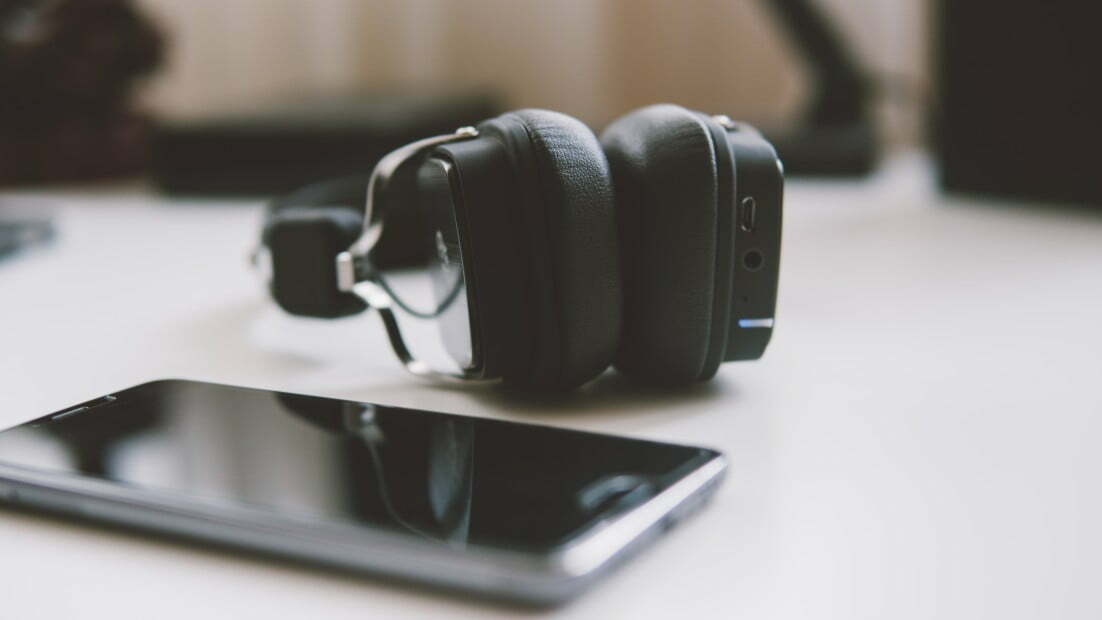




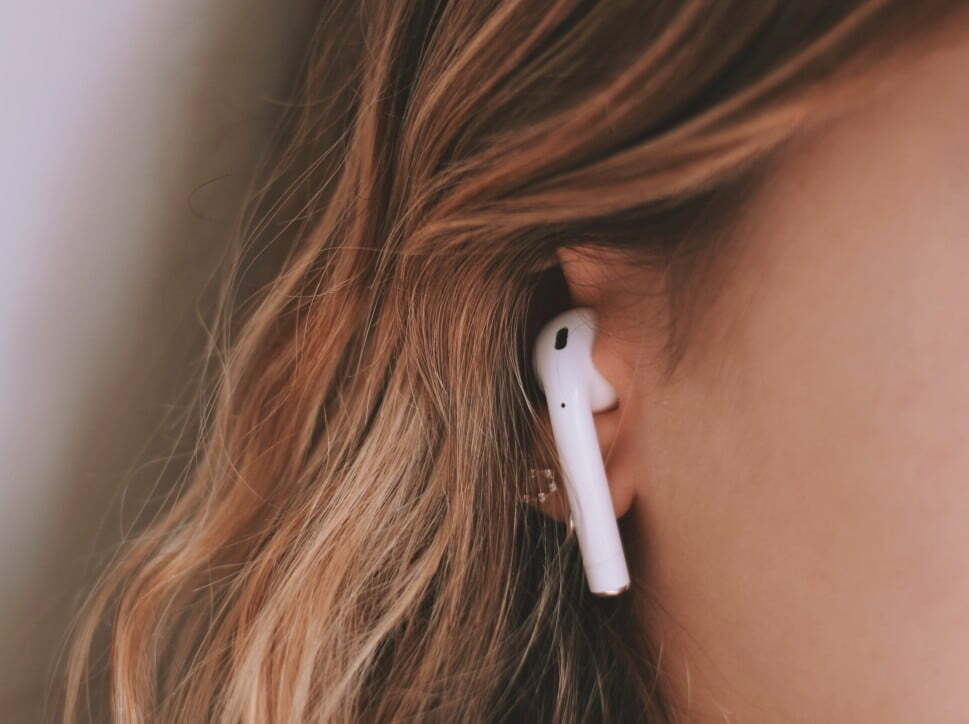

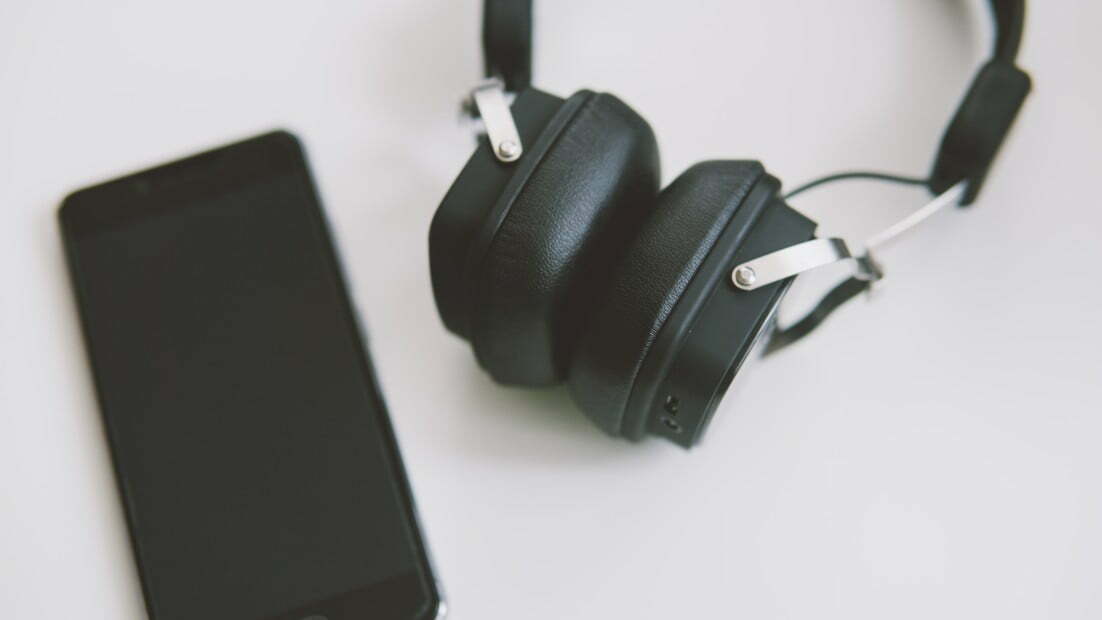
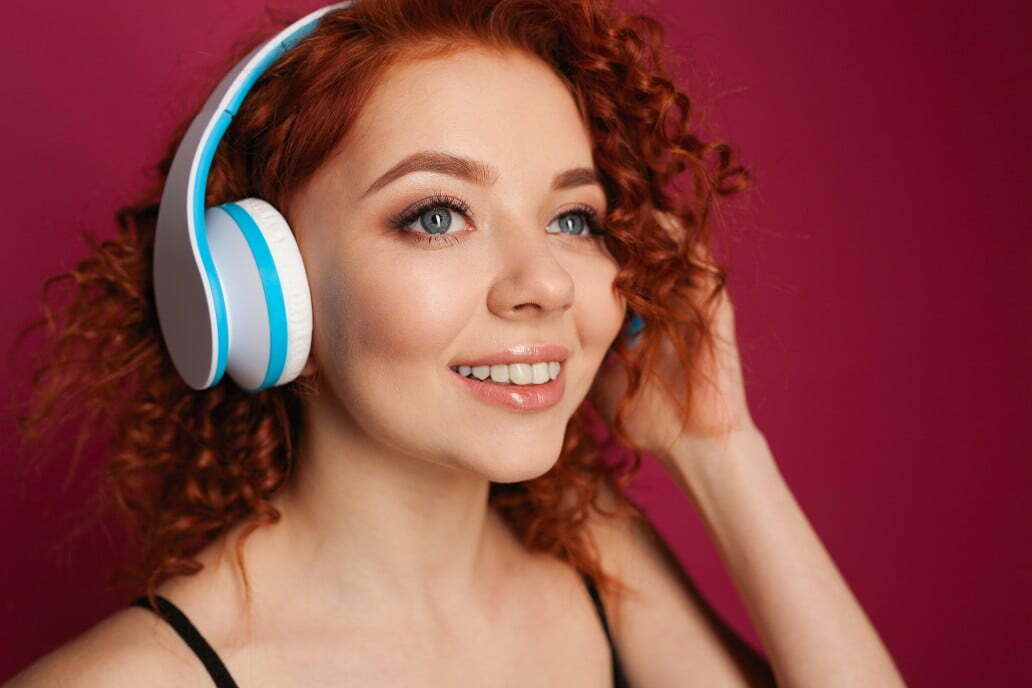
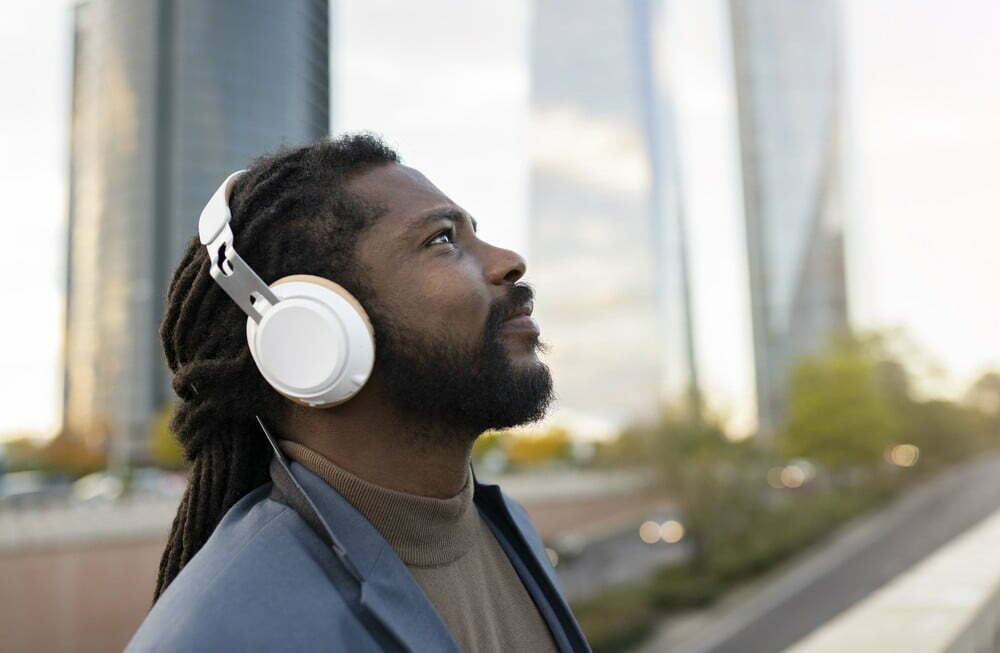
![Best Over-Ear Headphones for Working Out in [year] 27 Best Over-Ear Headphones for Working Out in 2026](https://www.gadgetreview.dev/wp-content/uploads/best-over-ear-headphones-for-working-out-image-scaled.jpg)
![Best Sennheiser Headphones in [year] 28 Best Sennheiser Headphones in 2026](https://www.gadgetreview.dev/wp-content/uploads/best-sennheiser-headphones-image-1.jpg)
![Best Sony Headphones in [year] 29 Best Sony Headphones in 2026](https://www.gadgetreview.dev/wp-content/uploads/best-sony-headphones-image-1.jpg)
![Best Open Back Headphones in [year] 30 Best Open Back Headphones in 2026](https://www.gadgetreview.dev/wp-content/uploads/best-open-back-headphones-image-1.jpg)
![Best Headphones in [year] ([month] Reviews) 31 Best Headphones in 2026 (January Reviews)](https://www.gadgetreview.dev/wp-content/uploads/best-over-the-ear-headphones.jpg)
![Best Noise Cancelling Headphones for Sleeping in [year] 32 Best Noise Cancelling Headphones for Sleeping in 2026](https://www.gadgetreview.dev/wp-content/uploads/best-noise-cancelling-headphones-for-sleeping-image-1.jpg)
![Best Noise-Cancelling True Wireless Earbuds in [year] 33 Best Noise-Cancelling True Wireless Earbuds in 2026](https://www.gadgetreview.dev/wp-content/uploads/best-noise-cancelling-true-wireless-earbuds-image.jpg)
![Best Headphones with a Mic in [year] 34 Best Headphones with a Mic in 2026](https://www.gadgetreview.dev/wp-content/uploads/best-headphones-with-mic-image.jpg)
![Best Headphones for Sleeping in [year] 35 Best Headphones for Sleeping in 2026](https://www.gadgetreview.dev/wp-content/uploads/best-headphones-for-sleeping-image.jpg)
![Best Headphones for Teens in [year] 36 Best Headphones for Teens in 2026](https://www.gadgetreview.dev/wp-content/uploads/best-headphones-for-teens-image.jpg)
![Best Noise Canceling Headphones for Kids in [year] 37 Best Noise Canceling Headphones for Kids in 2026](https://www.gadgetreview.dev/wp-content/uploads/best-noise-cancelling-headphones-for-kids-image.jpg)
![Best Headphones for Music Production in [year] 38 Best Headphones for Music Production in 2026](https://www.gadgetreview.dev/wp-content/uploads/best-headphones-for-music-production-image.jpg)
![Best Wired Headphones in [year] 39 Best Wired Headphones in 2026](https://www.gadgetreview.dev/wp-content/uploads/best-wired-headphones-image.jpg)
![Best USB Headphones in [year] 40 Best USB Headphones in 2026](https://www.gadgetreview.dev/wp-content/uploads/best-usb-headphones-image.jpg)
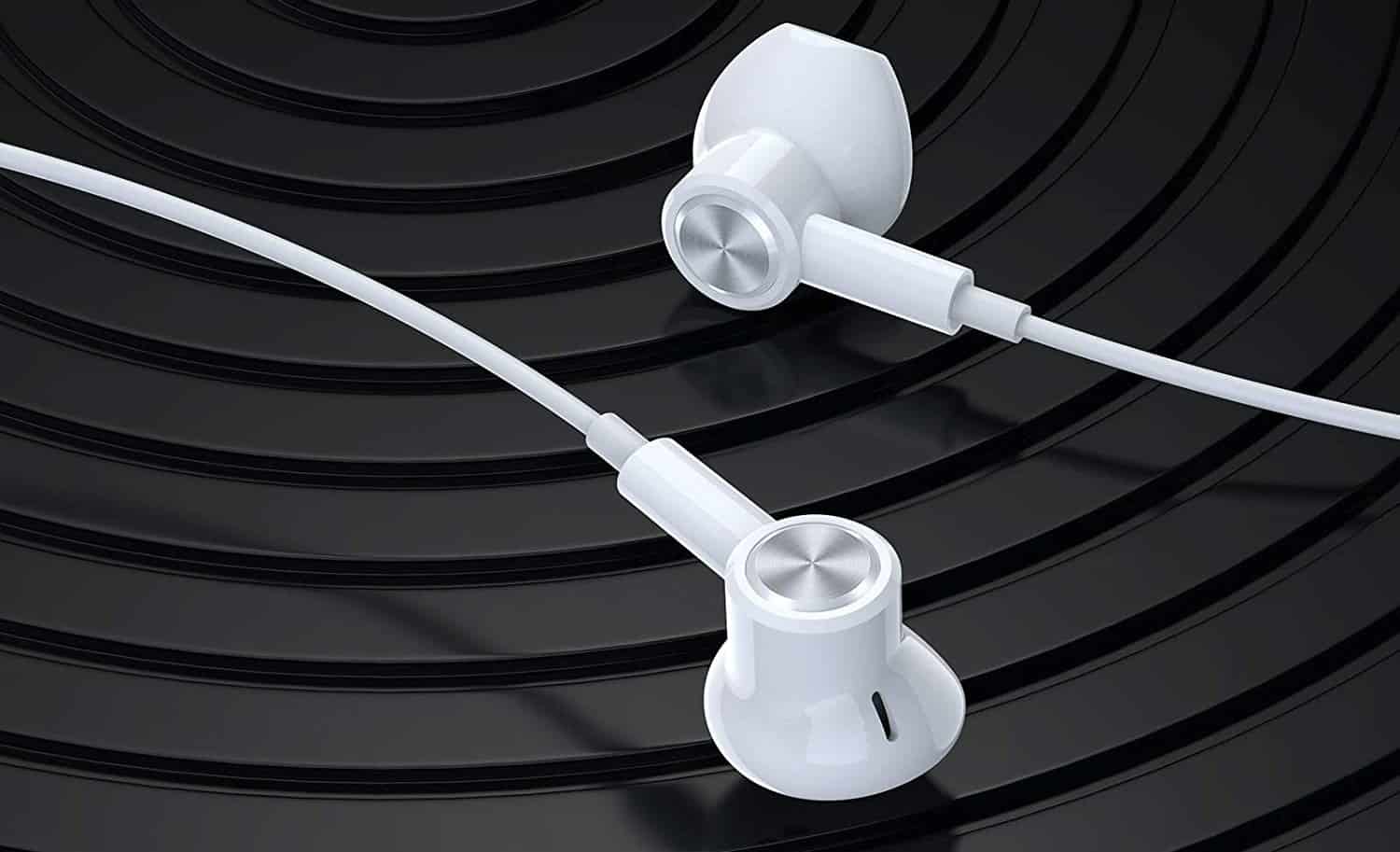
![Best Headphones for Mowing in [year] 42 Best Headphones for Mowing in 2026](https://www.gadgetreview.dev/wp-content/uploads/best-headphones-for-mowing-image.jpg)
![Best Headphones for Music in [year] 43 Best Headphones for Music in 2026](https://www.gadgetreview.dev/wp-content/uploads/best-headphones-for-music-image.jpg)
![Best TV Headphones for Seniors in [year] 44 Best TV Headphones for Seniors in 2026](https://www.gadgetreview.dev/wp-content/uploads/best-tv-headphones-for-seniors-image.jpg)
![Best True Wireless Earbuds in [year] 45 Best True Wireless Earbuds in 2026](https://www.gadgetreview.dev/wp-content/uploads/best-true-wireless-earbud-image.jpg)
![Best Swimming Headphones in [year] 46 Best Swimming Headphones in 2026](https://www.gadgetreview.dev/wp-content/uploads/best-swimming-headphones-image.jpg)






